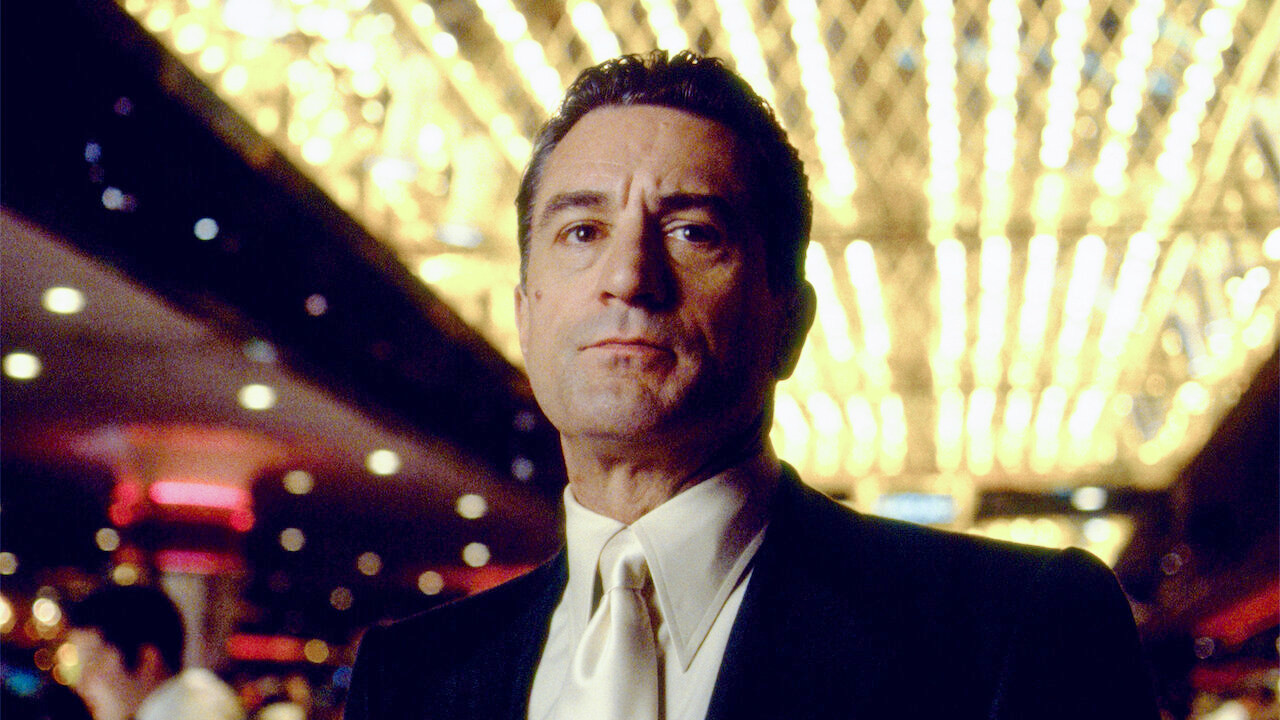
Any discussion of the greatest actor-director team-ups in cinema history must include Martin Scorsese and Robert De Niro. Starting with “Mean Streets” in 1973, the duo has been working together for half a century now, giving audiences a slew of timeless masterpieces and knockout performances that have established them both as living legends within their respective fields.
These two titans of American cinema reunite once again this year with “Killers of the Flower Moon”, a sweeping tale of love, blood, and betrayal set on the western frontier that rolls back the clock to one of the darkest chapters in American history. Also featuring another frequent Scorsese screen muse in Leonardo DiCaprio, the much anticipated true-crime epic recounts the suspicious series of murders of members of the Osage Nation, who became some of the richest people in the world overnight after oil was discovered underneath their land.
Based on David Grann’s gripping nonfiction book of the same name, “Killers of the Flower Moon” marks the latest chapter in one of the most fruitful artistic partnerships in the history of American cinema. As the film prepares to hit theaters before dropping on Apple TV+ later this fall, we have set ourselves the impossible task of scanning through their list of shared credits and ranking their ten features to date.
10. New York, New York (1977)
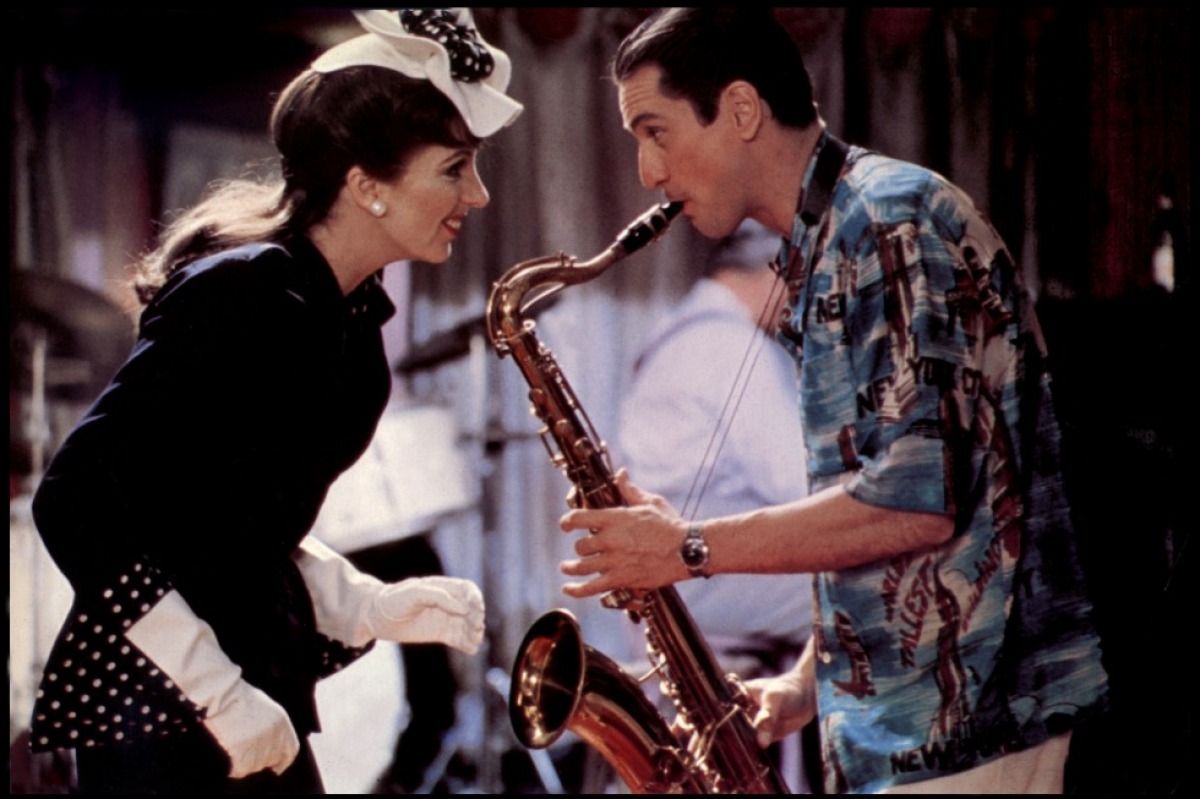
How do you follow up on a masterpiece? That was the challenge Scorsese and De Niro faced after their “Taxi Driver” triumph. The result — a major heel turn from a guy who up that point was mostly known for gritty character studies — was this old-fashioned tribute to MGM musicals that attempted to fuse Scorsese’s fascination for the high-gloss artifice of Golden Age Hollywood with the grungy cinéma-verité realism he inherited from his mentor John Cassavetes.
A massive critical and commercial flop that almost derailed Scorsese’s career, “New York, New York” finds De Niro playing against type as a jazz saxophone player who comes home from serving in WWII and strikes an on-again, off-again relationship with an aspiring singer (Liza Minnelli). Though not without spurts of Scorsese’s patented craftsmanship, which yield a few show-stopping sequences scattered in between, “New York, New York” is the sort of swing-for-the-fences oddity that feels more fascinating to read about than to actually sit through. We’ll treasure Minnelli’s iconic rendition of the title song and move along.
9. Cape Fear (1991)
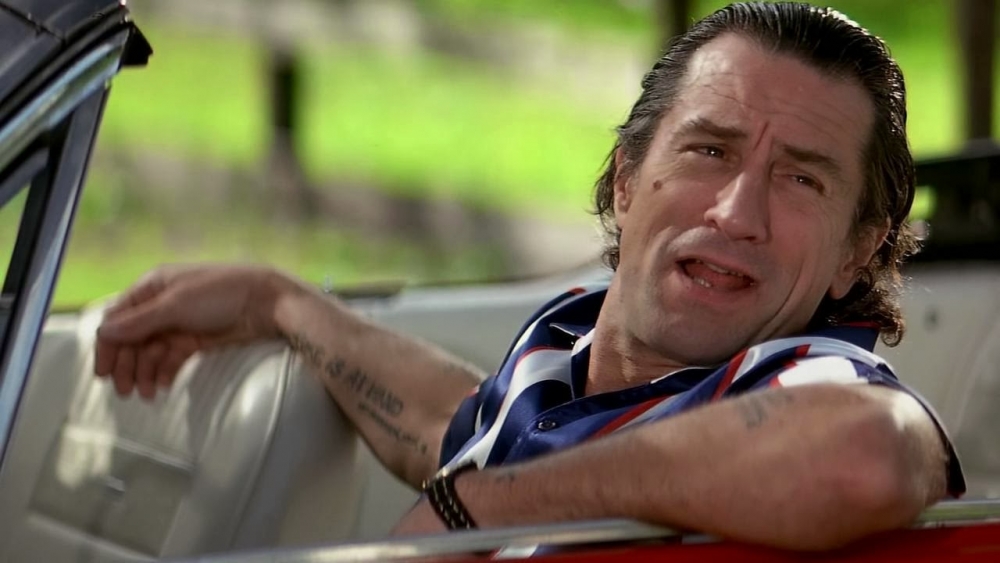
Most of us would agree that De Niro has taken on weightier roles throughout his career, but for sheer fun and flavor, you have to admire his commitment to the bit while playing Max Caddy — a tattooed, cigar-chomping ex-convict fresh out of jail who raises hell and terrorizes the family of the defense lawyer who helped put him behind bars 14 years ago.
There’s a strong case to be made that the actor has never been as hilarious, creepy, or flat-out, top-to-bottom entertaining as here, and despite having very big shoes to fill (Robert Mitchum had previously played Caddy in the 1962 original), he somehow makes the character his own. Steven Spielberg was initially attached to helm this remake based on J. Lee Thompson’s potboiler of the same name, but decided to swap projects with Scorsese, who was tied up with a little adaptation of his own called “Schindler’s List”. The rest, as the old adage goes, is history — Spielberg’s Holocaust drama would be nominated for a whopping 12 Academy Awards, winning seven; meanwhile, “Cape Fear” became the biggest commercial splash in Scorsese’s career to date, later serving as the basis for one of the funniest Simpsons’ episodes.
8. The Irishman (2019)
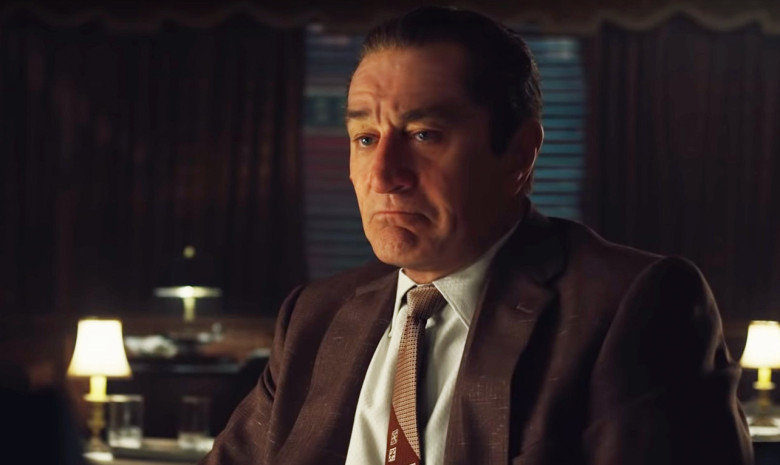
Much ink has been spilled over the not-entirely-convincing de-aging technology and gargantuan runtime of “The Irishman”, which stretches past the three-and-a-half-hour mark and spans the 1950s to the early 2000s. In retrospect, how could anyone blame Scorsese for pulling out all stops after rounding up some of his prized collaborators (plus Al Pacino!) and getting Netflix to bankroll the expensive coda to his signature genre?
We retain a lot of residual love for this elegiac and bittersweet tale of brotherhood, betrayal, and the ruthless passage of time based on the memoirs of Frank Sheeran, a former union truck driver turned mob hitman who rose through the ranks of the Bufalino crime family during the 1960s. “The Irishman” certainly works on its own merits, but its slow-brewed portrayal of organized crime benefits from some familiarity with Scorsese’s early stabs at the genre. In fact, in some ways it retroactively relays new meaning and depth to something like “Goodfellas” or “Casino”. That it is nowhere near as flashy, glamorous or frantically paced as the aforementioned two titles is not a bug, but a deliberate choice that actually makes total sense when you realize this is a film made by an old man looking back at his legacy and confronting his own mortality.
7. Killers of the Flower Moon (2023)
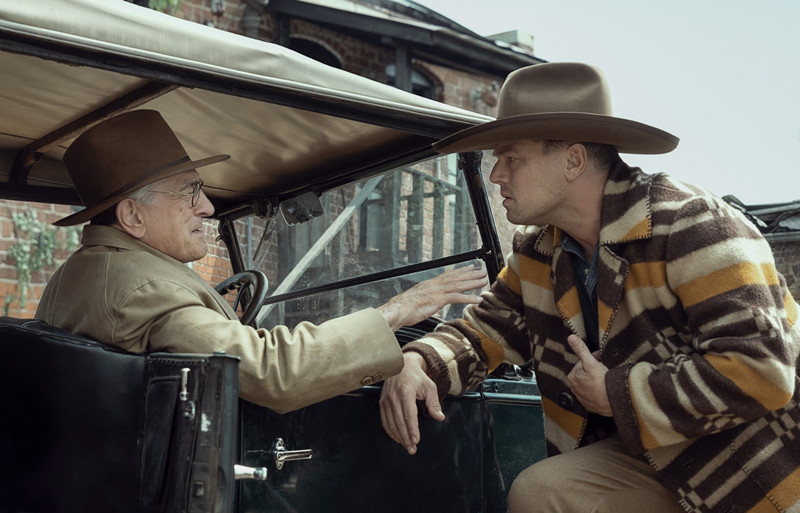
It would be a disservice to the complexity of “Killers of the Flower Moon” to describe it as a western. Scorsese’s adaptation of David Grann’s 2017 nonfiction book is many things at once — a true-life crime tale, a perverse love story, an all-encompassing anthropological study, a chilling dismantling of the American dream, you name it — that only reveals its true theme as it progresses. Greed and murder, the twin poles upon which America was founded and key leitmotifs of Scorsese’s career, get restaged once again as we bear witness the systematic killing of members of the oil-rich Osage Nation in 1920s Oklahoma.
The film may pivot around Gladstone and DiCaprio’s performances, but De Niro sets the screen aflame as William ‘King’ Hale, a silver-tongued cattle baron with an unquenchable desire for wealth who convinces his dim-witted nephew into marrying an Osage tribe member as part of his sinister scheme to seize her family’s oil headrights. De Niro nails the perfect balance of friendly elderly neighbor and cold-blooded manipulator that gives Hale his singular presence, as we watch this wolf in sheep’s clothing — a man who’s consciously buried his humanity for the sake of money — pull the strings behind the curtain while the members of the Osage family begin to drop like flies.
In expanding his career-long exploration of the corrupting influence of capitalism on the human spirit by looking backwards to one of the darkest chapters of early 20th-century US history, Scorsese fashions a movie that couldn’t be more timely or timeless.
6. Casino (1995)
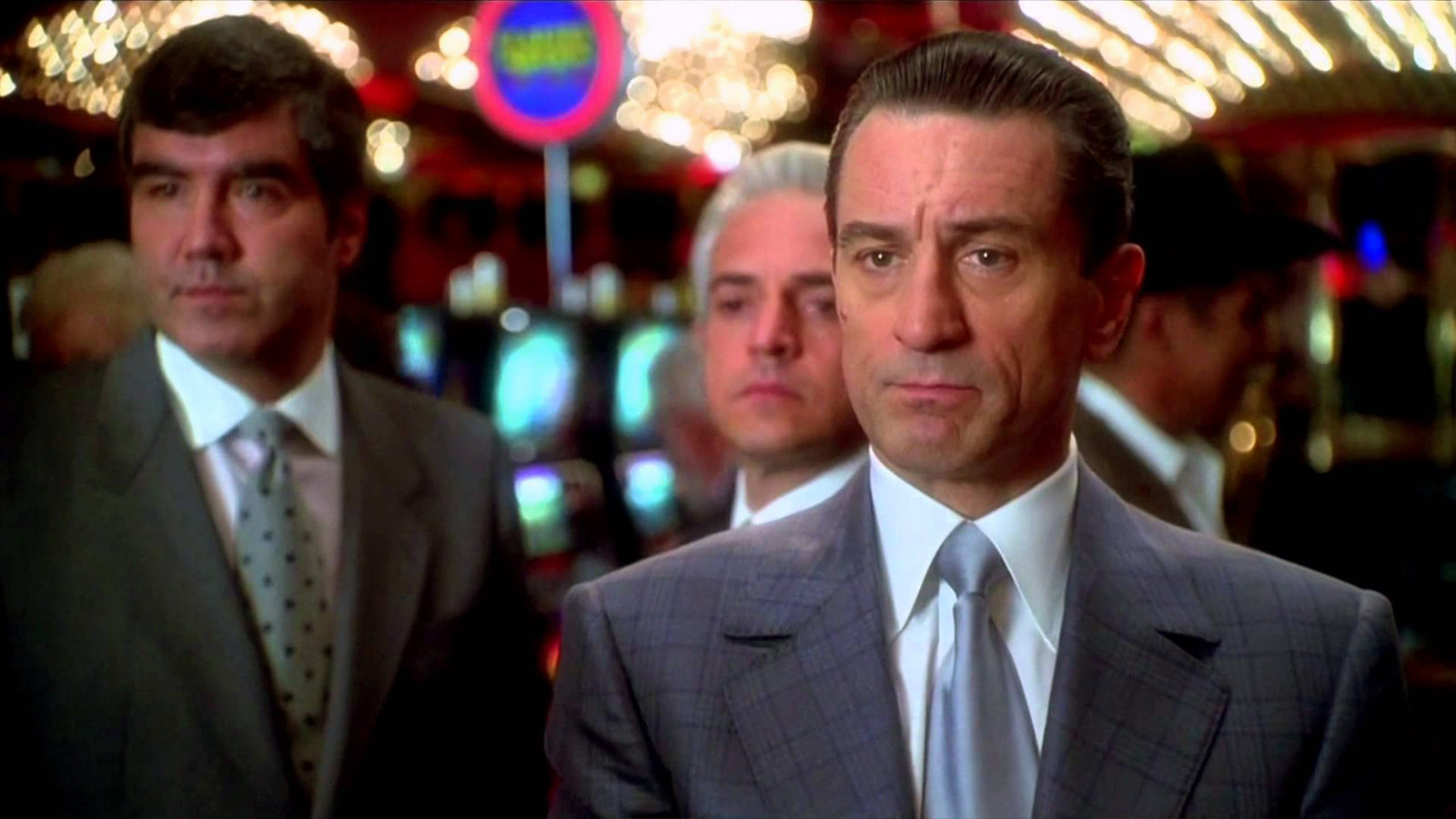
Almost thirty years later, it’s still hard to sort out how well does “Casino” stack up within Scorsese’s own back catalog. It’s no backhanded compliment to say it’s always felt like a minor retread of “Goodfellas” (a similarly structured look at organized crime that also happened to be based on a Nicholas Pileggi memoir) that falls short of its predecessor’s uncanny brilliance. One hardly needs to peer too closely to spot the similarities between the two — Rolling Stones needle drops, snappy voiceovers, propulsive editing rhythms, and De Niro and Pesci tag-teaming up as fellow hoodlums is all par for the course, which explains why some viewers might have been left with a feeling of deja-vu-like familiarity.
“Casino” was penalized at the time because it had the bad fortune of arriving on the heels of what is likely the greatest gangster movie ever, but the sheer craft on display is unimpeachable, and the whole thing whips by at such clip you might feel tempted to hit the replay button as soon as the screen fades to black. De Niro anchors the story as Sam “Ace” Rothstein, a shady casino manager vying for power in 1970s Las Vegas, but the movie really belongs to Sharon Stone, who steals the show on the strength of her fearless turn as Sam’s two-timing trophy wife Ginger.